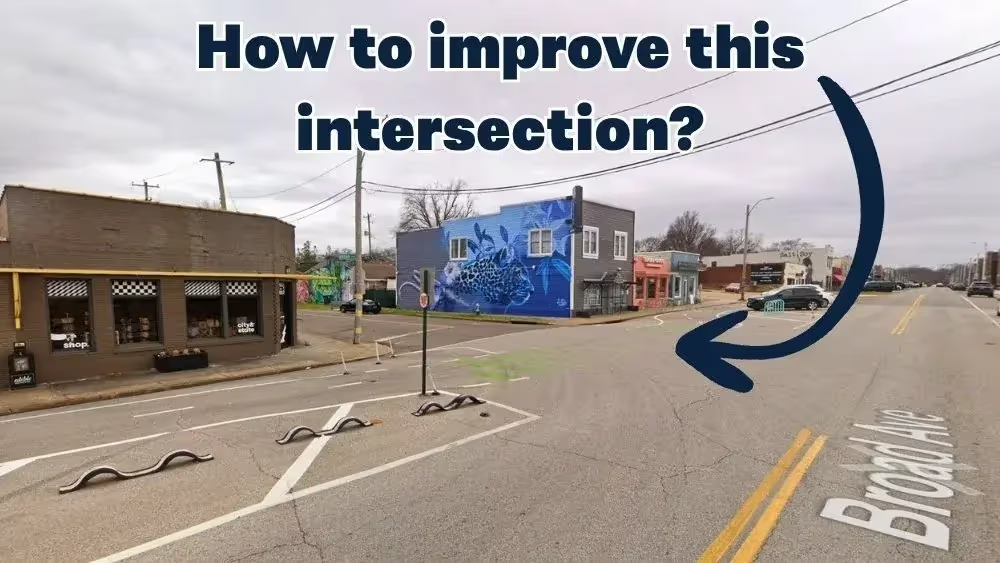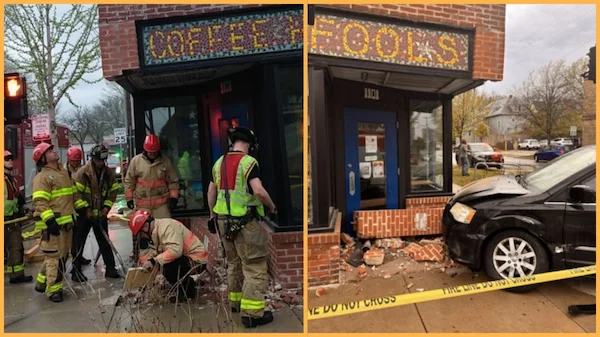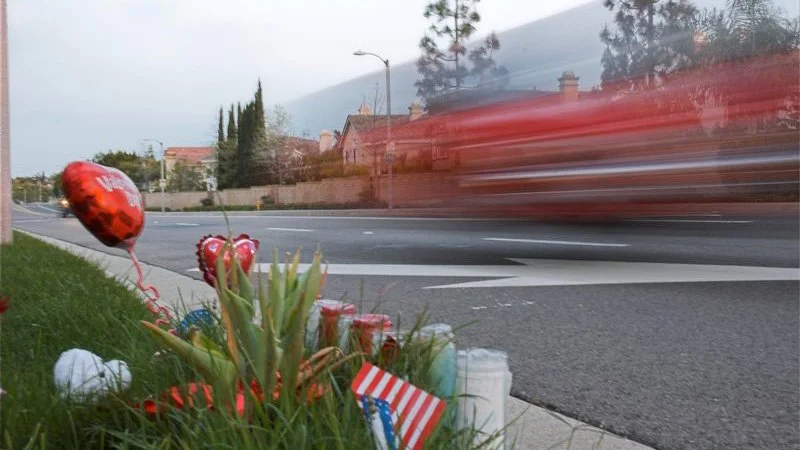Editor's Note: The challenges our cities face are growing, but so is the strength of this movement. Every story we share, every idea we spread, and every tool we build exists because people like you are committed to showing up. Your membership isn’t passive—it’s the momentum that makes change possible.
Fifteen years ago, neighbors in Memphis, Tennessee, came together to show what their street could be. For a weekend in 2010, they transformed Broad Avenue with pop-up shops, public art, and temporary bike lanes and crosswalks. What started as a demonstration became a catalyst. Long-term businesses moved in, and the city made permanent changes to the street design, including a protected bike lane. We wrote about it back then — and again and again since — because it embodies everything the Strong Towns movement is about: local action, tested with small bets, leading to lasting impact.
That pattern is still playing out today. Recently, city and regional planning student Kelsey Huse shared comments from residents about the bikeability of Broad Avenue. Specifically, she was interested in an intersection with Collins Street, a side road that connects to a nearby highway.
Residents cited issues with speeding, poor visibility, and cars blocking the bike lane. “How would you improve this intersection?” Huse asked.
Her post sparked thoughtful conversation, including a response from Joe Gilpin — a transportation consultant who was involved in designing the bike lane in 2012. He provided extra context about the original design of the bike lane and suggested simple, low-cost ways to improve the intersection. His suggestions weren’t grand or defensive; they were humble observations rooted in people’s experiences on the ground. For example, he suggested that the city could create a truck apron at the corner using speed bumps. This would tighten the turn radius for cars, forcing them to slow down, while still allowing larger trucks to make the turn. It’s also a quick and easy change to make.
This is how local government should work. A resident raises a concern. Technical experts observe the issue, identify the contributing factors, and respond with real responses that can be implemented right away — not someday in a distant comprehensive plan. The next step is for city officials to enact these changes.
Broad Avenue has long been shaped by this kind of feedback loop. Back in 2010, the idea of it becoming a popular biking route was mostly a distant wish. Then came the paint, the posts, and the people. And it keeps getting better because local voices are still being heard. Residents are still seeing potential and testing ideas. Planners and consultants are still staying curious, even years later. And the city is still willing to listen, observe, and adjust — again and again.
That’s the heart of the Strong Towns approach.





